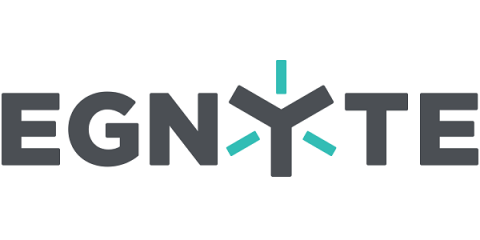Working Anywhere With Egnyte: Mobile Guide
In recent weeks, companies and organizations that ordinarily operate in a more “traditional” office environment have had to pivot quickly to flexible and alternative working arrangements. At Egnyte, our goal has always been to help provide safe, secure access to your content no matter where you are, and that goal has become increasingly more important in the current climate.








